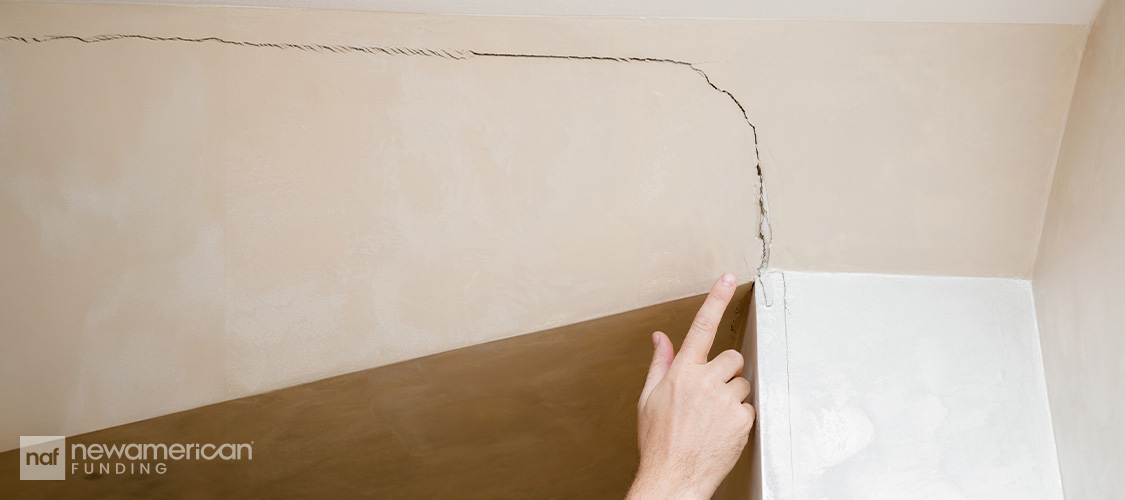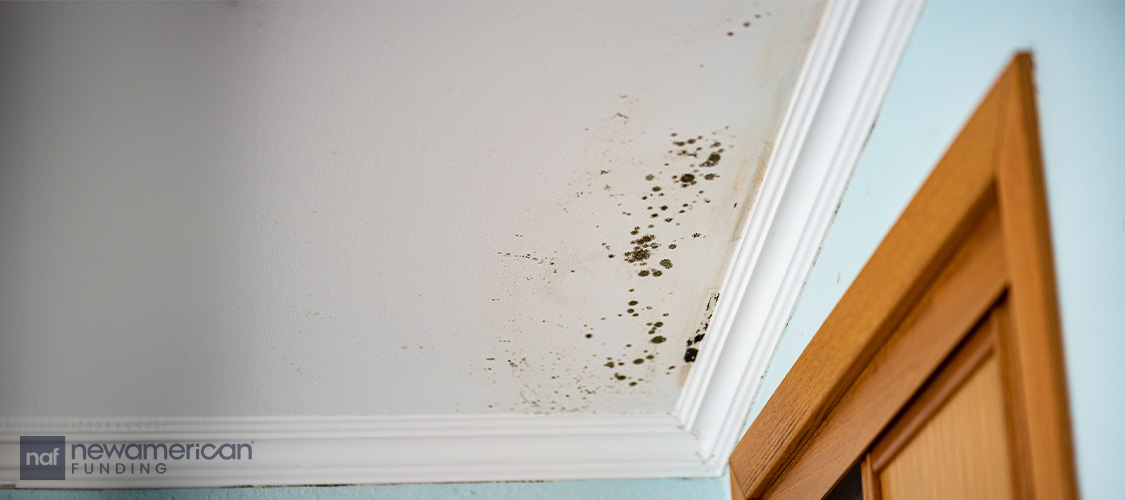Homebuyers
Homebuyers Beware: Why You Shouldn’t Skip Home Inspections
October 18, 2024
Many buyers may be tempted to waive home inspections to make their offers on properties more competitive. However, they do so at their own risk.
Home inspections are an important part of the homebuying process. They allow buyers to get a better understanding of a home’s condition and repair needs, revealing any potential costly problems—before it’s too late.
“Most wouldn’t dream of buying a used car without having it looked at by a mechanic,” said Chuck Gravely, vice president of technical standards and development at Pillar to Post Home Inspectors, which has more than 500 locations. “A home inspection is the same.”
How much do inspections cost—and are they worth it?
Home inspections can seem like one more hurdle in what can be a complicated (and expensive) closing period before the sale goes through. But they shouldn’t be skipped as many potential problems may not be visible to the naked eye.
Inspections typically cost between $300 to $600, with specific pricing dependent upon the size of the home, what is being inspected, and your location. In addition, you will also often need to pay extra for an in-depth heating, ventilation, and air-conditioning (HVAC) system, fireplace, or plumbing inspection.
These inspections can wind up saving you money in the long run. They can uncover expensive problems you wouldn’t have been aware of otherwise, allowing you to renegotiate your offer or back out of it entirely.
That’s why you shouldn’t waive an inspection contingency in your contract when you put in an offer on a home. Inspection contingencies make your offer dependent upon the findings of an inspection.
This generally allows a buyer to rescind their offer (and receive back any earnest money they put toward the sale) should an inspection discover widespread structural problems, unpermitted additions, or other red flags.
So, while waiving an inspection might seem like one way to get your offer accepted, it can become an expensive risk to take.
“A professional home inspection can greatly reduce the risk of purchasing the home,” said Gravely. “Having the knowledge that a home inspection provides creates buyer confidence and peace of mind when making what is often the biggest purchase of their life.”
What are home inspectors looking for?

When an inspector arrives at a home, they begin their work by first investigating a home’s exterior. They’ll check for things like roof damage, cracks, missing siding, and any visible foundation damage.
These are problems that may be very expensive to fix. And the last thing most new homeowners want to be hit with is a four- or five-figure repair bill.
Home inspectors will check similar structural elements when they head inside, looking for large cracks on walls, windows, or door frames. They make sure doors and windows open (and close) as they should, and they’ll test a home’s large appliances.
They also determine the electrical or fire safety of a home. They’ll check outlets and the electrical panel, they’ll test smoke and carbon monoxide detectors, and look for any major fire hazards.
But while home inspectors will check for leaks or potential plumbing issues, they won’t do an in-depth plumbing inspection. You’ll likely need to pay a plumber for that.
Similarly, home inspectors will make sure your HVAC system is functioning, but they probably won’t investigate the inside of any ducts or air conditioner motors.
What are red flags in a home inspection?

Certain issues that home inspectors come across can indicate that a home may be more trouble than it’s worth. These include properties in need of major roof or structural fixes, widespread damage from termites or other pests, and signs of water or mold damage.
A good home inspector will also look for what a home may be trying to hide.
“Restricted access to critical areas… [or] recently repainted walls or newly stained floors can also indicate attempts to cover up water damage, mold, or other underlying problems,” said Gravely.
If your inspector catches any of these red flags, buyers don’t have to give up on the home entirely. But they should take some time to seriously reconsider their offer, deciding how much their offer should be revised and what they will do if the seller refuses to budge.






 Smart Moves Start Here.
Smart Moves Start Here.